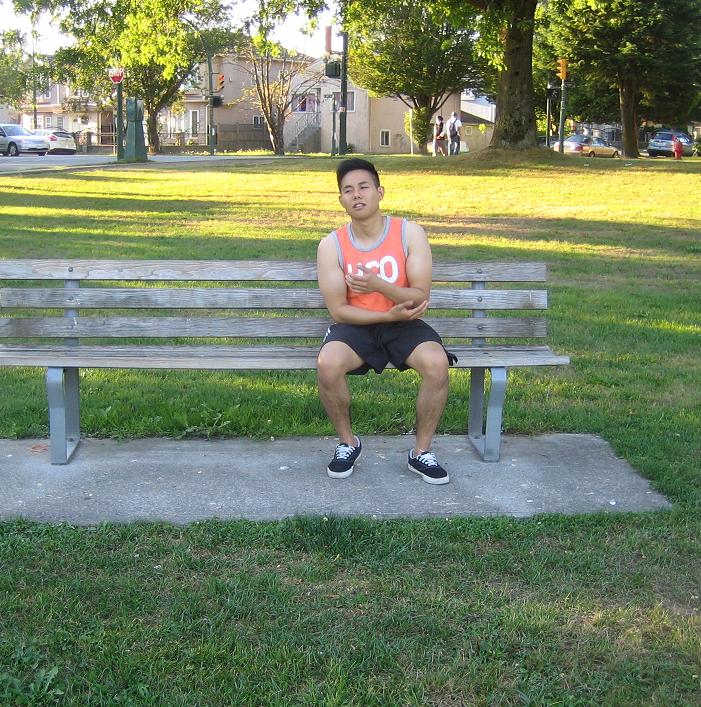A plaster cast is usually comprised of a bandage and solid covering. It works by allowing the broken bone in the leg or arm to recuperate by immobilizing them in place and should stay for 4-12 weeks. Proper care of the plaster cast will ensure better recovery.
Measures on caring for your plaster cast
- Always keep the leg or arm elevated on a soft surface such as cushions or pillows in the first few days. This helps minimize the swelling and allow the plaster cast to dry correctly.
- Avoid getting the plaster cast wet since it will weaken and the bone could not be properly supported. You can utilize a plastic bag to cover the cast while taking a bath or shower. A sticky tape or rubber band can be used to seal the bag at the top and bottom to ensure that it is watertight as possible.
It works by allowing the broken bone in the leg or arm to recuperate by immobilizing them in place and should stay for 4-12 weeks. - You can also look for special covers or bags for plaster casts to ensure that they stay dry.
- Make sure that the bag or plastic cover is removed as soon as possible to avoid sweating that can also damage the cast.
- Even if the plaster cast can cause the skin to feel itchy, it is not advisable to poke anything underneath it since this can trigger a sore. The itchiness should subside after a few days.
Additional care tips
The joints that are not covered by the cast should be exercised to improve circulation.
- Avoid inserting small objects or placing any sprays or powders inside the cast since they can irritate the skin.
- Do not alter the position or length of the cast.
- Use pain medications for pain relief.
- Do not lift heavy objects or drive until the cast is removed.
- Utilize crutches or a sling as recommended by a doctor.
Potential problems
A doctor should be consulted or bring the individual to the nearest emergency department for the following:
- Plaster cast feels too tight after being elevated for 24 hours.
- The toes or fingers on the affected limb feels tingly, swollen, numb or painful.
- Toes or fingers turn bluish or white
- Cast feels too slack
- Cast is cracked or broken
- An unpleasant odor or discharge from the cast
- Skin below or around the edge of the cast feels sore
Quick Note / Disclaimer
The material posted on this page on plaster cast care is for learning and educational purposes only. To learn to properly care for a plaster cast on broken bones and fractures, register for a first aid and CPR course with Red Deer First Aid.


